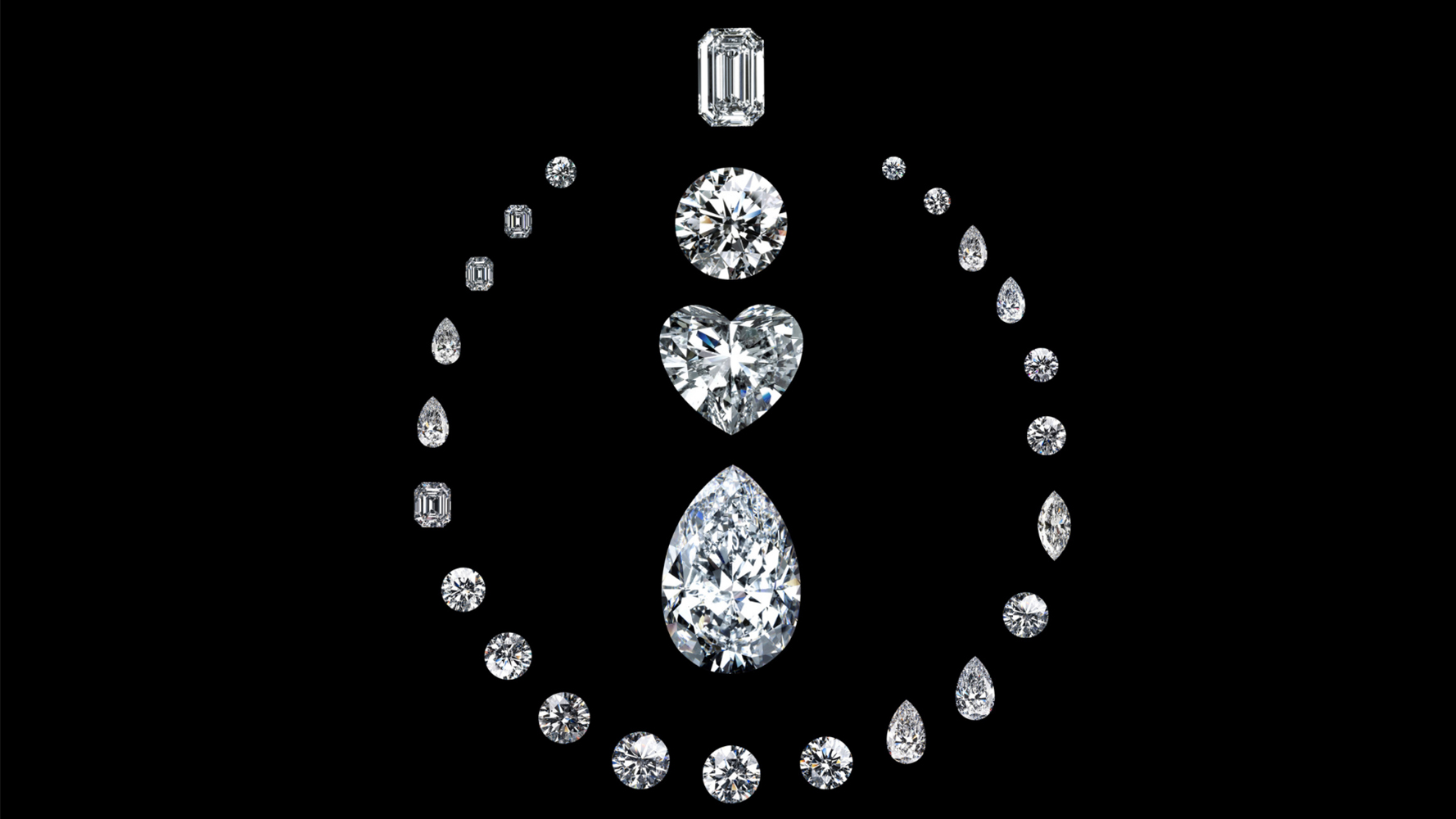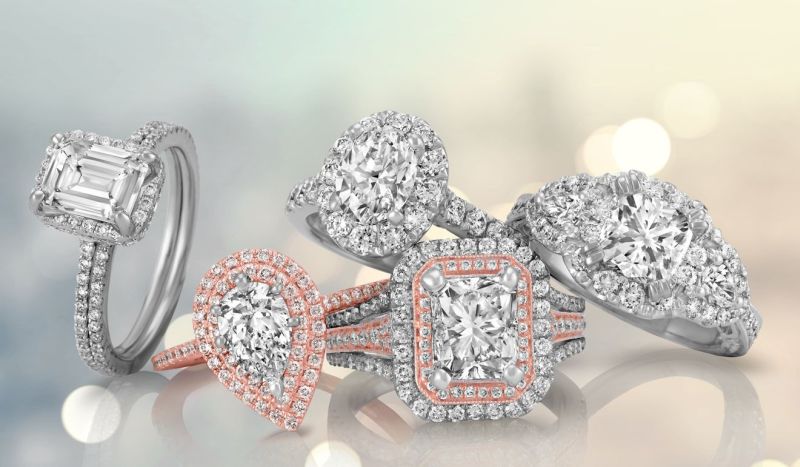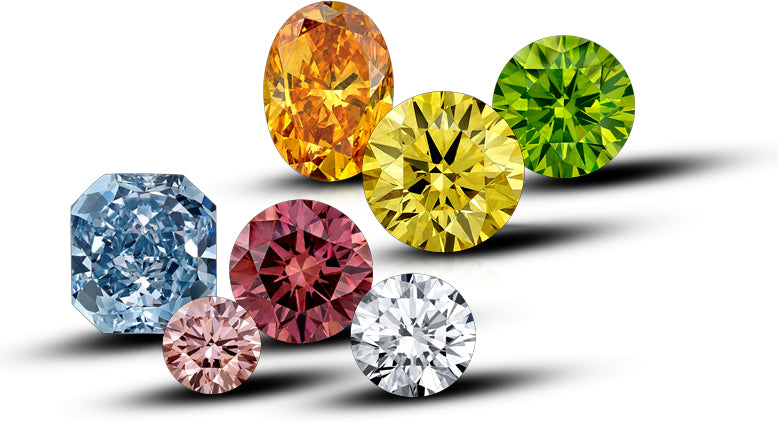In the world of diamonds, the 4 C chart is an essential tool for assessing the quality and value of a diamond. Comprising four key characteristics – cut, color, clarity, and carat weight – the 4 C chart provides a comprehensive framework for evaluating diamonds and making informed purchasing decisions. In this article, we delve into the intricacies of the diamond 4 C chart, exploring each component and its significance in determining a diamond’s beauty and value.
Table of Contents
The Four Cs: A Closer Look
- Cut: The cut of a diamond refers to its proportions, symmetry, and polish, which directly influence its brilliance and sparkle. A well-cut diamond reflects light internally and disperses it through its facets, creating the mesmerizing sparkle that diamonds are renowned for. The cut grade, ranging from excellent to poor, indicates the quality of the diamond’s cut and its ability to maximize light performance.
- Color: While diamonds are traditionally associated with colorlessness, the reality is that most diamonds exhibit subtle hues of yellow or brown. The color grade assesses the presence and intensity of these color tints, with the highest grades (D to F) indicating a colorless diamond and lower grades (G to Z) representing varying degrees of color saturation.
- Clarity: Clarity refers to the presence of internal or external blemishes, known as inclusions and imperfections, within the diamond. The clarity grade, ranging from flawless to included, assesses the visibility and impact of these imperfections on the diamond’s appearance and brilliance. A diamond with fewer inclusions is considered more valuable and desirable.
- Carat Weight: Carat weight measures the size and weight of a diamond, with one carat equal to 200 milligrams. While carat weight is often equated with size, it’s essential to consider the other three Cs alongside carat weight to determine a diamond’s overall value and beauty. A smaller diamond with exceptional cut, color, and clarity may be more valuable than a larger diamond with inferior characteristics.
Using the 4 C Chart to Make Informed Decisions
When purchasing a diamond, understanding the 4 C chart is essential for selecting a stone that meets your preferences and budget. By considering each of the four Cs and their respective grades, you can assess the quality and value of a diamond with confidence. Whether you prioritize brilliance, lab grown diamonds, colorlessness, or size, the 4 C chart provides a roadmap for finding the perfect diamond that aligns with your preferences and budget.
The Importance of Certification
In addition to understanding the 4 C chart, it’s crucial to ensure that your diamond comes with a reputable certification from an independent gemological laboratory. Organizations such as the Gemological Institute of America (GIA) and the American Gem Society (AGS) provide detailed reports that verify the quality and authenticity of a diamond based on the 4 C criteria. A certified diamond gives you peace of mind knowing that you’re investing in a genuine, high-quality gemstone.
Conclusion
In conclusion, the diamond 4 C chart is an indispensable tool for evaluating the quality and value of a diamond. By considering the cut, color, clarity, and carat weight of a diamond, you can make an informed decision and select a stone that meets your preferences and budget. Whether you’re shopping for an engagement ring, anniversary gift, or personal indulgence, understanding the 4 C chart empowers you to unlock the brilliance and beauty of diamonds with confidence.







